Rococo Art: The Final Flourish of the Baroque Movement
Rococo, which is seen as the last stage of the Baroque period, is one of the movements that have maintained its importance throughout history. Of course, before examining the Rococo movement, it is necessary to examine the designs of the Baroque period. However, in most sources, it is seen as both the peak and the collapse of Baroque art.
What is Rococo? When, where and how did Rococo architecture emerge? Let's take a closer look at the history of Rococo art in all its details.
What is the Rococo movement?
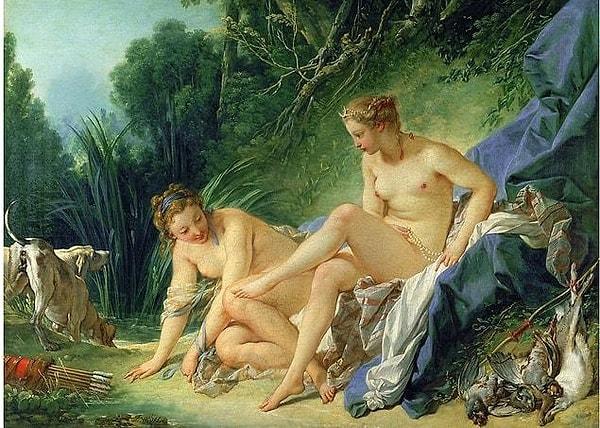
Rococo is one of the movements that is seen as the last phase of the Baroque period and has maintained its importance throughout history. In this 18th century European style, you can see that it emphasizes the principles of illusion and theatricality, an effect achieved through intense ornamentation, asymmetry and flowing corners.
How is the architecture of the Rococo movement?
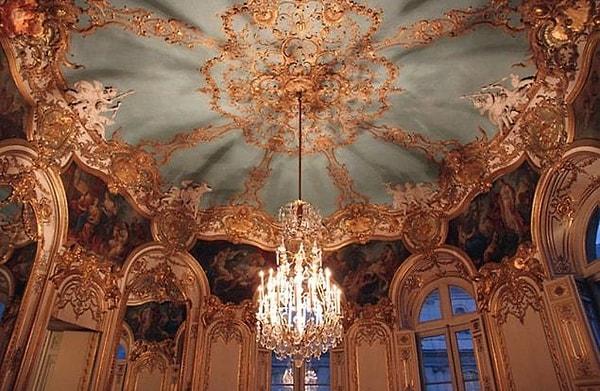
Walls and ceilings were decorated with a decorative motif called 'rocaille', thought to have been inspired by mussel shells, as well as fruits, flowers and clusters in relief. It was also very popular to paint animals looking through the trees on the asymmetrically arranged walls.
How did the Rococo movement born?
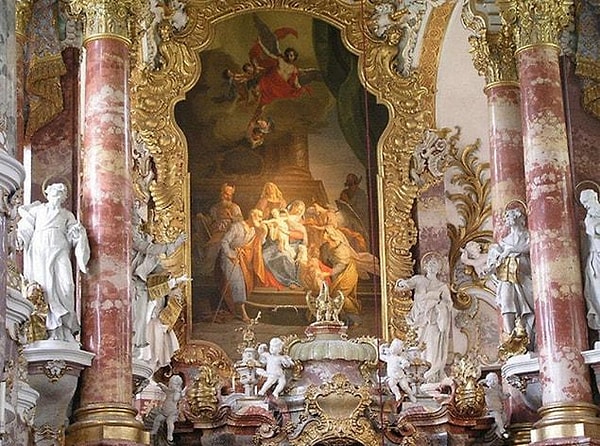
- Wies Church Altar, Bavaria
This movement, which emerged towards the end of the XVIIth century, during the age of enlightenment and is known as rococo, emerges as an art of painting that reflects the life of the palace and the nobility.
What are the characteristics of the Rococo movement?
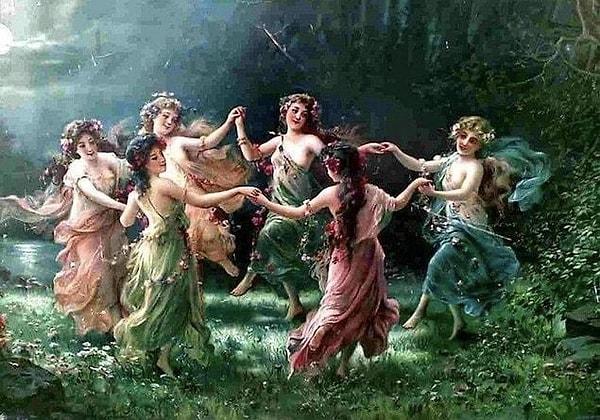
This movement, which aims to instill a sense of curiosity and peace when you first look at it, has shown itself with its aesthetic designs alongside the gloomy Baroque architecture. The use of jewels in the architecture, which is dominated by flowing richness and light colors, has made quite an impression.
What are the details that stand out in the softened style of Rococo architecture?

Orientalist design reminiscent of the patterns of Chinese and Japanese style
Intensive use of the letters C and S
Seashell, leaf, bird motifs
The glamorous shine of mirrors and jewelry
Lines inspired by the curves of flowers and grasses as they grow
Asymmetrical and irregular elements
Intensive use of white gypsum plaster
What were the elements of the Rococo movement?

In this period, the love affairs of ladies in glamorous dresses and flirtatious men in wigs and frock coats became the main subject of artworks as well as daily life.
So much so that it even managed to influence the portrait art of the period.
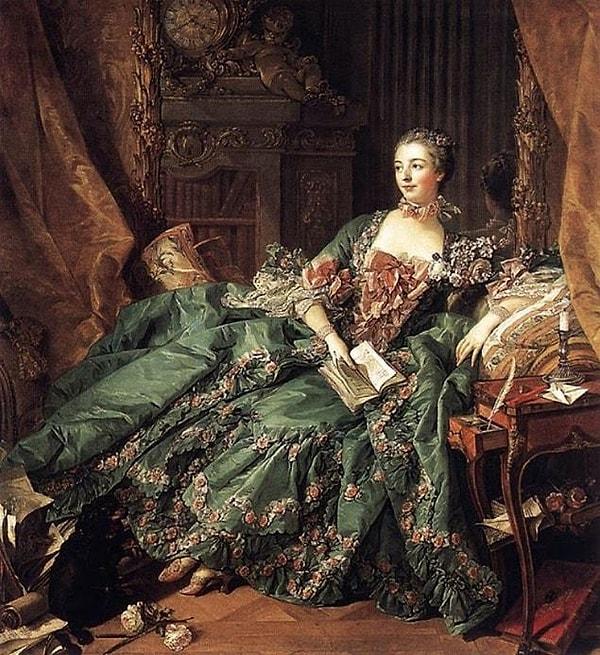
Boucher's Portrait of Madame Pompadour reflects the pure physical beauty of the King of France's mistress, who resembles a doll with her gaudy dress and excessive make-up.
Fragonard's The Swing.
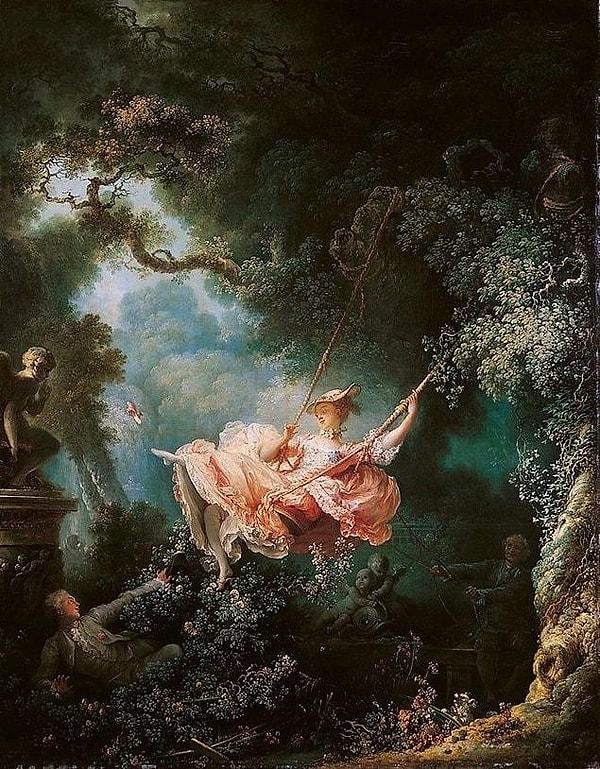
The details that stand out in the picture are undoubtedly the couple having fun in the corner of the park. In addition, the woman swinging on the swings, her shoe popping off and her skirt unfastening, is a subtle humor to the gossipy life.
A show by Italian comedians: World of Comedy.
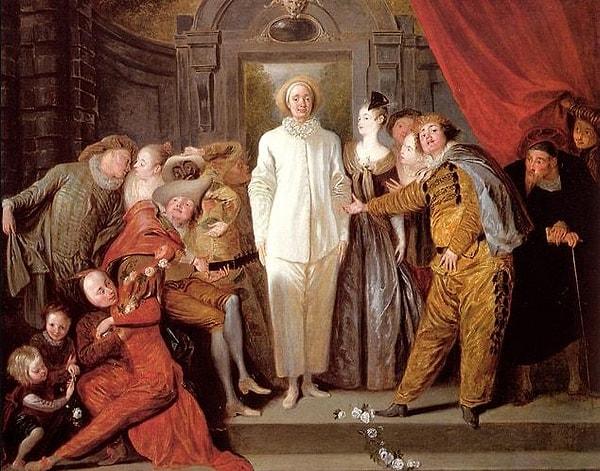
In his work 'The World of Comedy', Lancert depicted the performance of comedians that the nobility enjoyed so much.
Boucher dealt with the sexual side of this life.
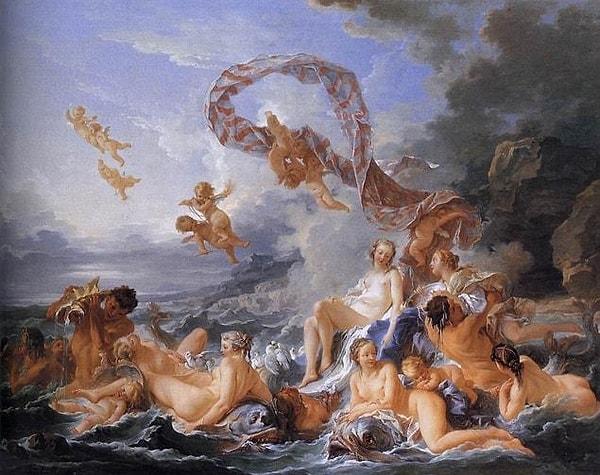
What Boucher wanted to emphasize in The Birth of Venus was erotic feelings. By adding a mythological quality to the subject, he carried it to a fairy tale world. Thus, he was appreciated with the subject he chose in his period.
Rococo is simple and elegant, far from the pretension of Baroque art.

There are some fundamental differences between Rococo and Baroque architecture.
Although Baroque architecture basically contains elements of religion, there are elements in Rococo that emphasize the beautification of living spaces.
Far from pomp and glory, Rococo destroyed the show-oriented structure of Baroque architecture as it adopted simple and spacious environments.
It is very difficult to find C and S curves used in Rococo architecture in Baroque architecture.
While flower and plant figures are not included in Baroque architecture, it is seen that natural figures come to the fore in Rococo.
It challenged the formal and geometric style of the Baroque period.
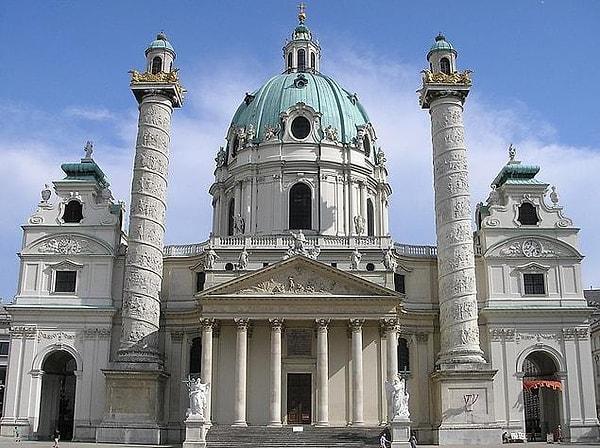
The Rococo style of architecture and decoration was born in France in the early 18th century under the reign of Louis XVI, as a reaction against the more formal and geometric style of Louis XIV. The style was known as rocaille or rocaille style. It spread rapidly throughout Europe, especially to Bavaria, Austria, Germany and other parts of Russia.
The religiosity of Baroque architecture gave way to non-religious architecture.
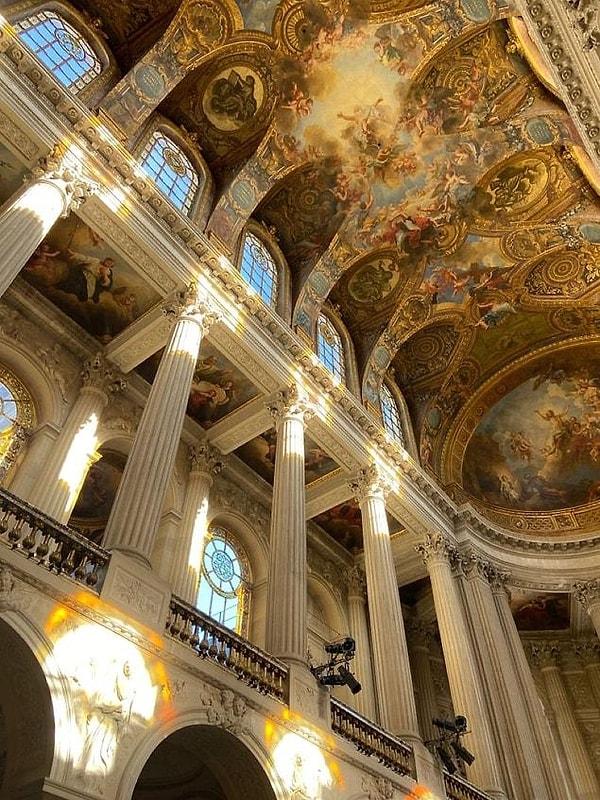
So much so that the halls in the palaces were influenced by the Rococo movement, from the paintings on the walls to the furniture, wallpaper and women's jewelry. In addition to decoration, ceiling, wall and corner decorations, Rococo also showed its influence in areas such as porcelain, furniture and ceramics, and in these works, artists worked every part of the motif to the finest detail.
The most beautiful examples of Rococo architecture in Europe:
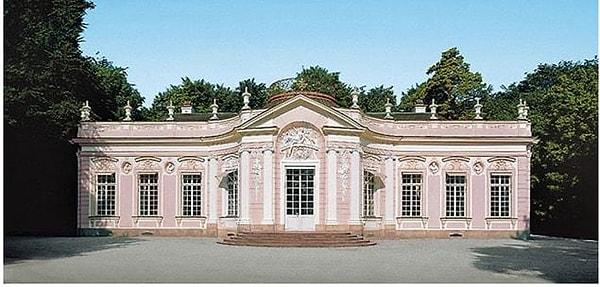
- Amalienburg Palace. Munich, Germany
Branicki Palace, Warsaw, Poland
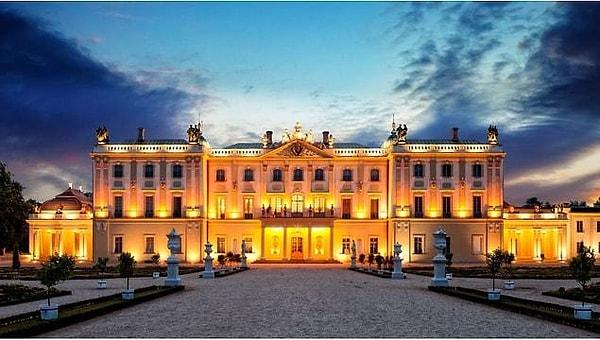
Catherine Palace, St. Petersburg, Russia
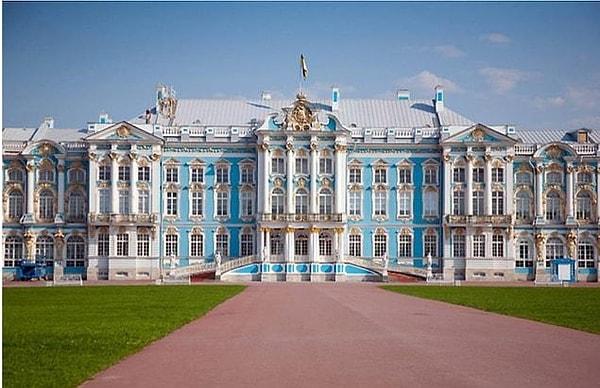
Keşfet ile ziyaret ettiğin tüm kategorileri tek akışta gör!


Send Comment